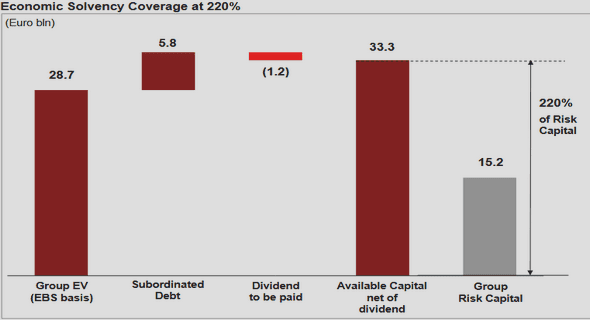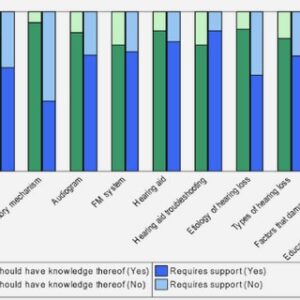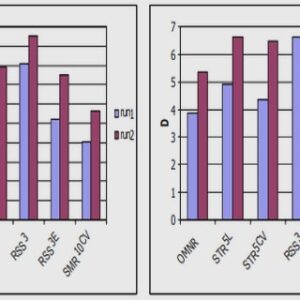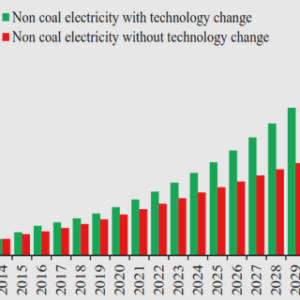(Downloads - 0)
For more info about our services contact : help@bestpfe.com
Table of contents
I Bubbly Flow
I.1 Bubble Dynamics
I.1.1 Size & Shape
I.1.2 Mass Transfer
I.1.3 Bubble Rising Velocity
I.1.3.1 Terminal Velocity
I.1.3.2 Drag Coefficient and Dimensionless Numbers
I.1.3.3 Contamination
I.1.3.4 Swarm Effect
I.2 Bubble Columns
I.3 Pseudo-2D Bubble Columns
I.4 Oscillating Bubble Plume
I.5 Conclusion
II Experimental Methods & Analyzes
II.1 2D Bubble Plume (2D-BP)
II.1.1 Setup
II.1.2 Fluid properties
II.1.3 Metrological Methods
II.1.3.1 Particle Image Velocity
II.1.3.2 Shadowgraphy
II.1.3.3 Image processing
II.1.3.4 Bubble Image Velocimetry (BIV)
II.1.3.5 Mixing Time
II.1.3.6 Pressure & Oxygen sensors
II.1.4 3D Bubble Plume (3D-BP)
II.1.4.1 Setup
II.1.4.2 Wire-Mesh
II.2 Time Series Analysis
II.2.1 Spectral Analysis
II.2.2 Autocorrelation
II.2.3 Proper Orthogonal Decomposition
IIIExperimental Results
III.1 Oscillation Frequency
III.1.1 Water
III.1.2 Liquid Property Influences
III.1.2.1 Surface tension
III.1.2.2 Viscosity
III.1.3 Dimensionless numbers
III.2 Bubble Characterisation
III.3 Bubble Dispersion
III.3.1 Water
III.3.2 Liquid Properties
III.4 Liquid Velocity
III.4.1 Water
III.4.1.1 Vertical Direction
III.4.1.2 Horizontal Direction
III.4.2 Liquid Properties
III.4.2.1 Vertical Direction
III.4.2.2 Horizontal Direction
III.5 Bubble Swarm Velocity
III.5.1 Water
III.5.2 Liquid Properties
III.6 Mean Velocity Difference
III.7 Mixing Time
III.8 Mass Transfer
III.9 Comparisons with 3D-BP
III.9.1 Oscillation Frequency
III.9.2 Dimensionless Numbers
III.9.3 Bubble Dispersion
III.9.4 Conclusion
IV CFD
IV.1 Modelling
IV.1.1 Two Fluid Model
IV.1.2 Closing Terms
IV.2 Test Case
IV.2.1 Mesh
IV.2.2 Simulated Conditions
IV.3 Results
Conclusion and Perspectives
Shadowgraphy Images in Different Fluids and for Both Spargers
References




